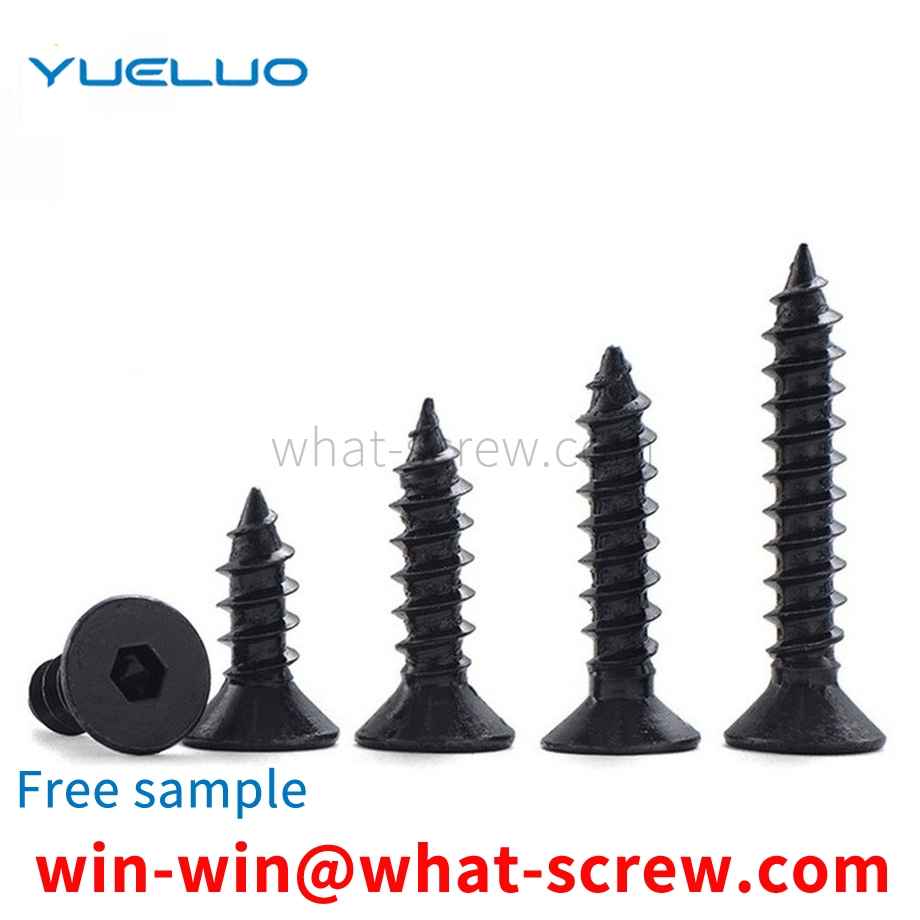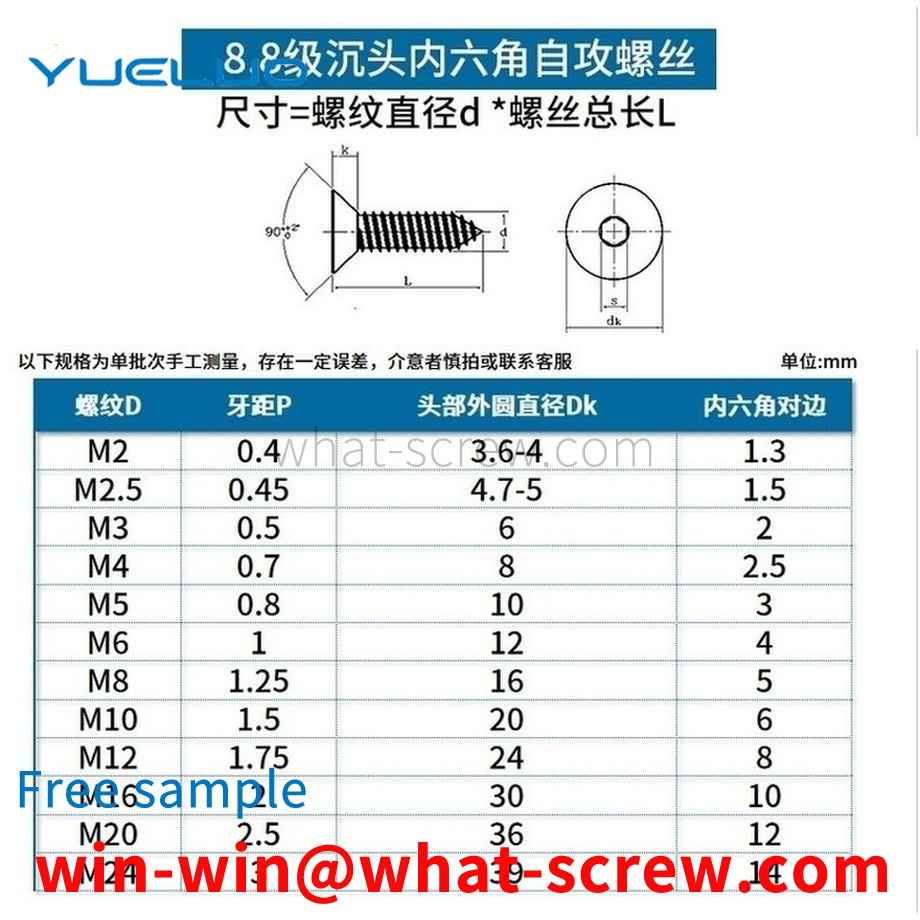The national standard name of the cross recessed small pan head three combination screw is the cross recessed small pan head screw, the spring washer and the flat washer assembly. The national label is GB/T9074.8-1988. This 1988 refers to the year, that is, this standard is the standard issued by the country in 1988. The specifications of the cross recessed small pan head three combination screws, the company's minimum is M2.5, the shortest is 5mm, the largest is M10, and the longest is 90mm.
The elastic cylindrical pin, also known as the spring pin, is a headless hollow cylindrical body, which is slotted in the axial direction and chamfered at both ends. It is used for positioning, connection and fixation between parts. The outer diameter of the spring pin is usually slightly larger than the mounting hole. The deformation force generated by the elastic cylindrical pin to be restored to its original state by extrusion ensures the clamping effect of the elastic cylindrical pin. But just because of its clamping effect, it will play a big obstacle to the disassembly of the elastic cylindrical pin. When in use, the open end is extended out of the through hole on the pin shaft, and the open end is flared and separated to prevent the elastic cylindrical pin from sliding off the pin shaft to realize the function of preventing backlash. At present, the disassembly method of the elastic cylindrical pin usually uses a punching machine to remove the cylindrical pin, which easily destroys the equipment installed on the cylindrical pin, and the disassembled elastic cylindrical pin cannot be used again due to damage. One method is to insert the mounting pin with the clearance fit of the mandrel, punch the pin behind the mandrel to clamp the bottom of the cylindrical pin, and then pull out the cylindrical pin, which can only be used when the elastic mounting pin is installed in the through hole, and because it is necessary Applying force to the mandrel increases the difficulty of disassembly and increases the work intensity of the installer. Three methods are done by the installer using two needle nose pliers. Specifically, first use needle-nose pliers to clamp the ends of both sides of the elastic cylindrical pin, and then apply an inward force to the needle-nose pliers, so that both sides of the elastic cylindrical pin rotate in the same direction until the opening becomes smaller, and then Pull it out to remove it successfully. The defects of these existing methods are obvious. The shape of the disassembled elastic cylindrical pin is either unusable or the deformation of the cylindrical pin after disassembly is not uniform, which seriously affects the performance of the elastic cylindrical pin, resulting in waste and increased cost; The method is purely manual work, and sometimes it takes several repetitions to remove the elastic cylindrical pin. Due to the different installation positions of the elastic cylindrical pin, it sometimes increases the difficulty of disassembly, and it is difficult to remove the needle-nose pliers effectively. The pliers are difficult to construct, and the elastic cylindrical pins are easily damaged. If there are too many elastic cylindrical pins to be disassembled, the existing methods are often difficult to meet the needs, which not only consumes a lot of time and physical strength of the installer, but also makes it difficult to ensure the quality.
Among them, the pneumatic riveting machine is more commonly used. The pneumatic riveting machine is also equipped with a clamp for assembling the rivet. The existing clamp usually uses two rotating clamps for fastening and assembly, but the rotation easily causes the two clamps to buckle. Misalignment, thus affecting the assembly of the rivet.
In chemical production equipment, the cylinder body and the head cover need to be connected and sealed. The traditional sealing structure is to connect the two with a screw, add a non-metallic gasket in the middle and fix it with a nut. However, such a sealing structure only controls the tightening torque, and has the technical defect that the sealing ring will be twisted or even broken during repeated loading and unloading of the cylinder head cover, resulting in poor sealing performance.
hand screw is a screw with a plastic head, and the user fixes the hand screw by turning the plastic head by hand. At present, a hand-tight screw is disclosed in the market publication number CN202203253U, which includes a plastic head and a screw rod, the plastic head and the screw rod are connected together, and the height of the plastic head is higher than that of an ordinary screw, and the height is 7cm. The screw of the hand screw is fixed in the plastic head by glue. After a period of use, the aging of the glue leads to the loosening of the screw and the plastic head. When the plastic head is stressed, the screw rod comes out of the plastic head, which affects the normal use of the hand screw.
We have many years of experience in the production and sales of screws, nuts, flat washers, etc. The main products are: cold heading stainless steel nuts, national standard 10.9 screws, set cross flat head screws, 316 stainless steel flat washers and other products, we can provide you with suitable products for you Fastener Solutions.



















 Service Hotline
Service Hotline




